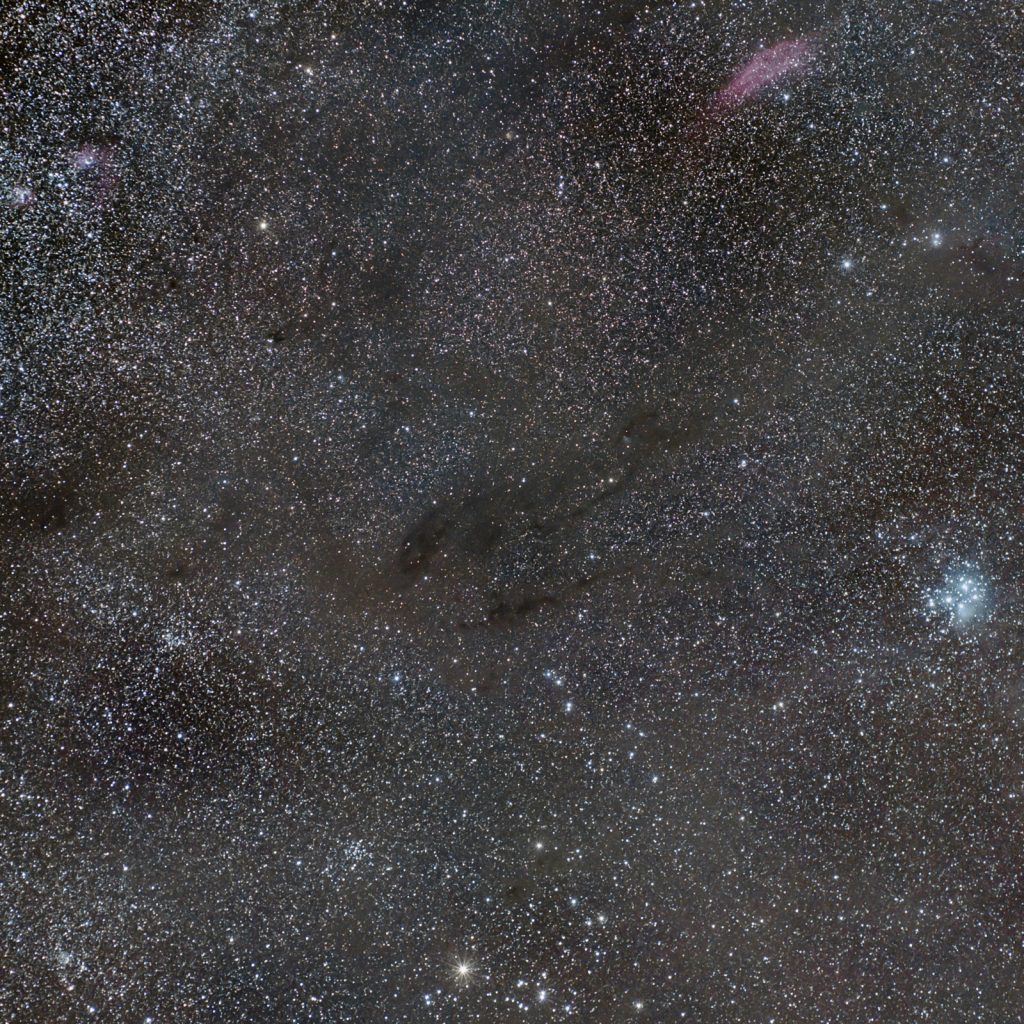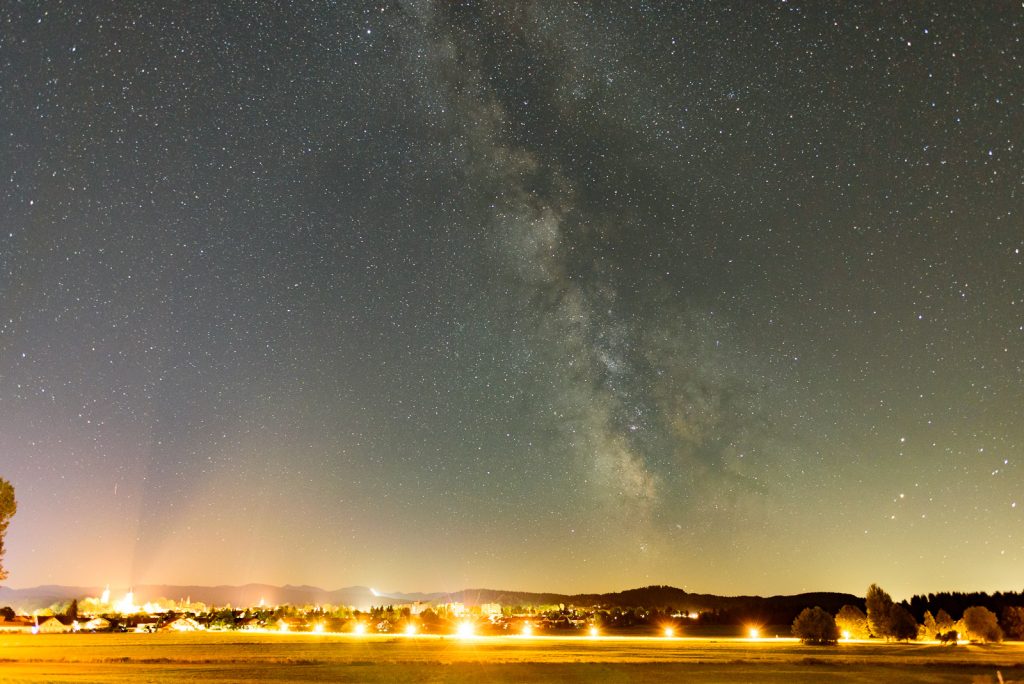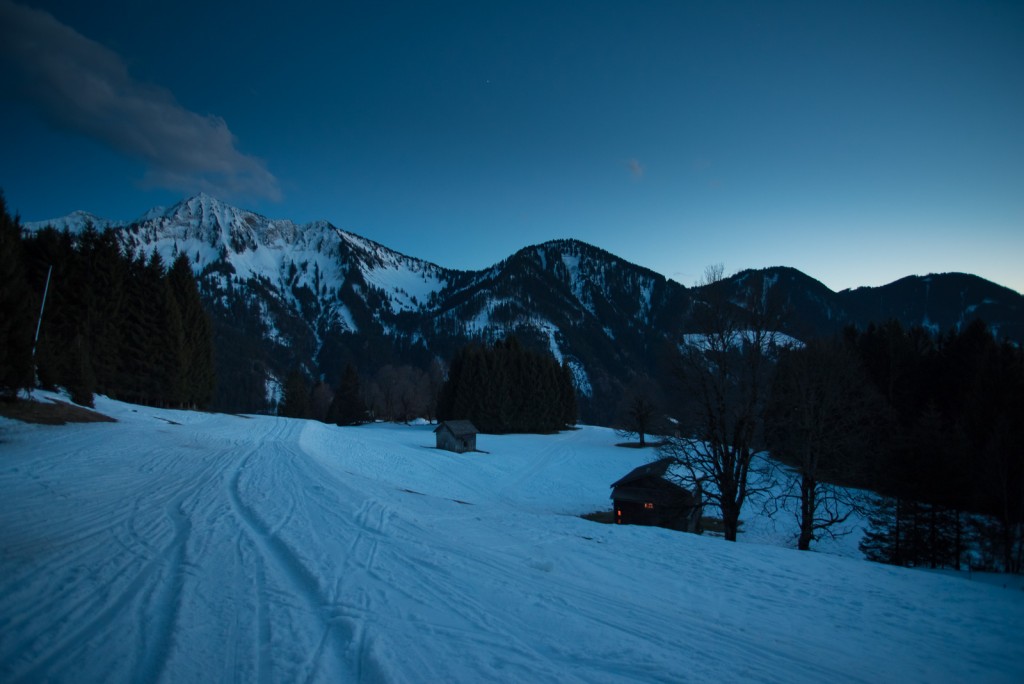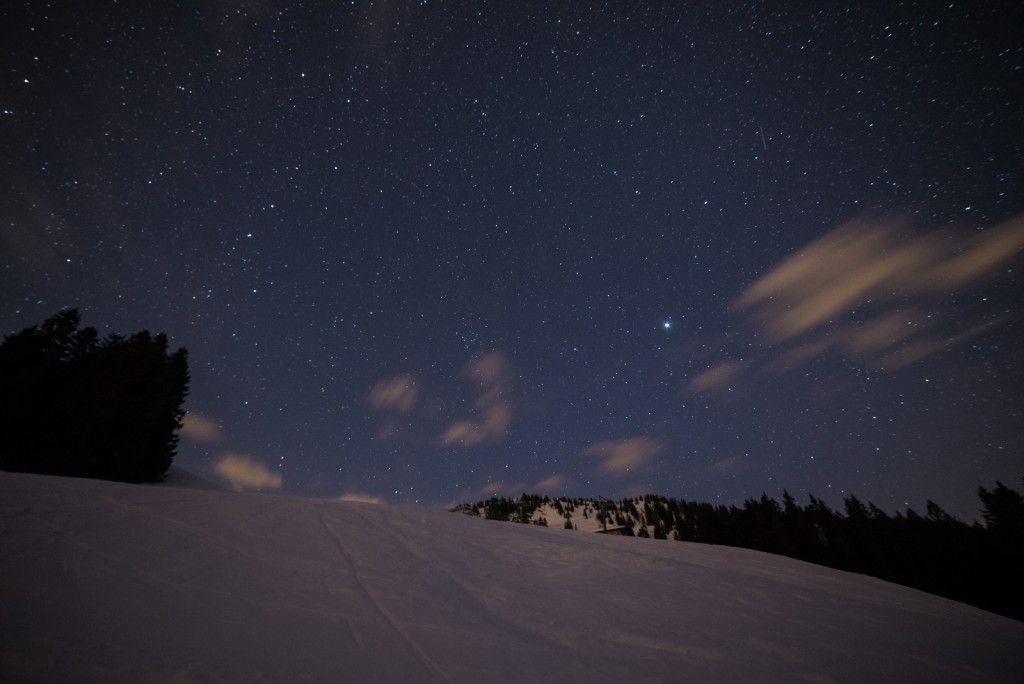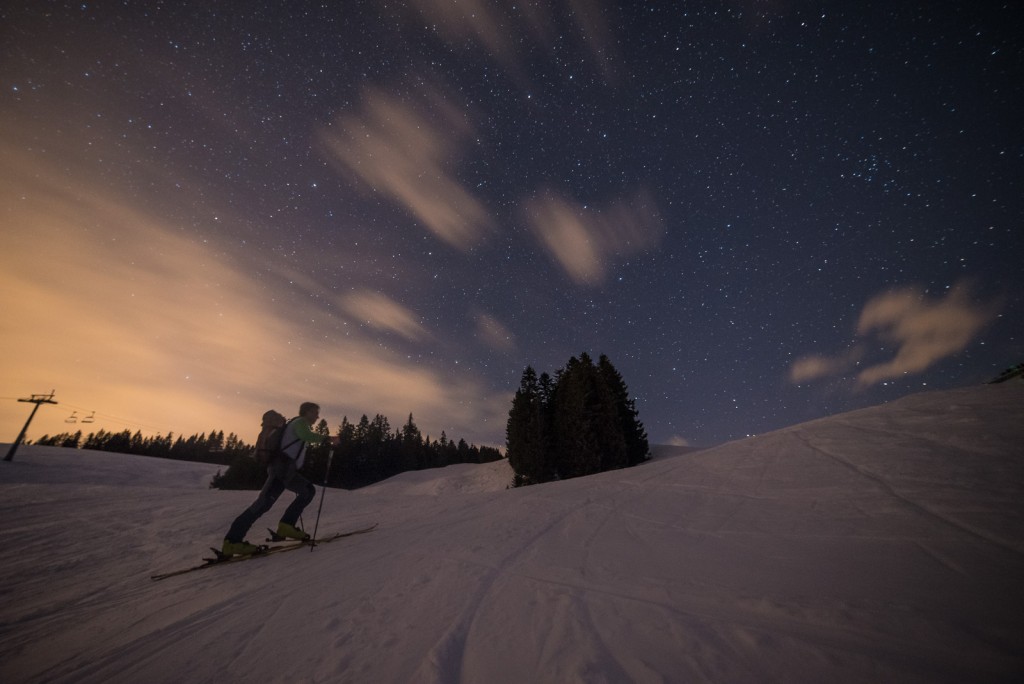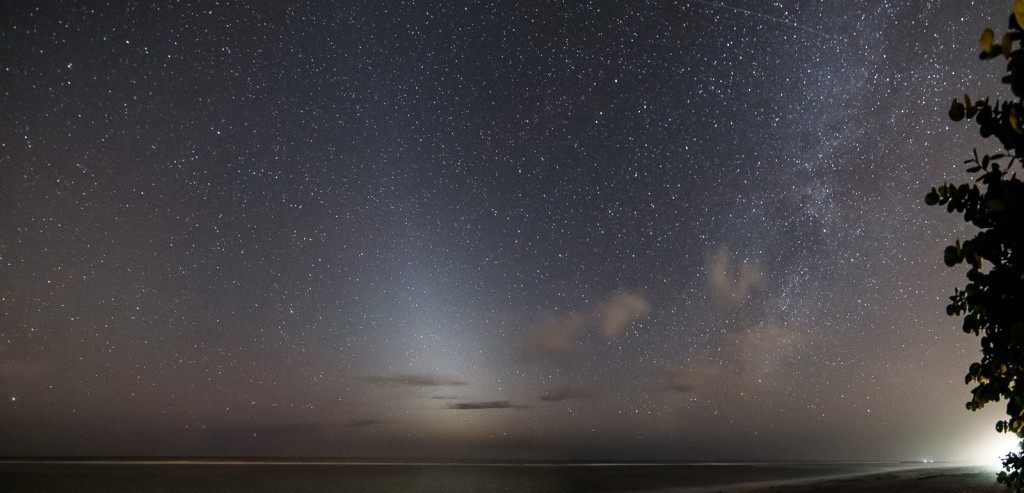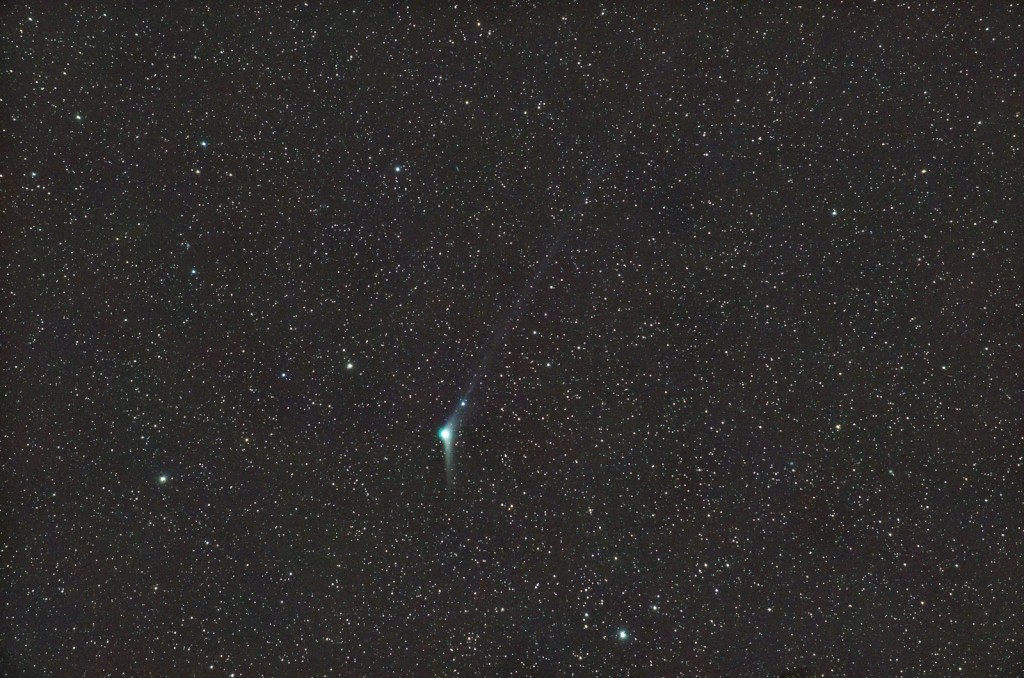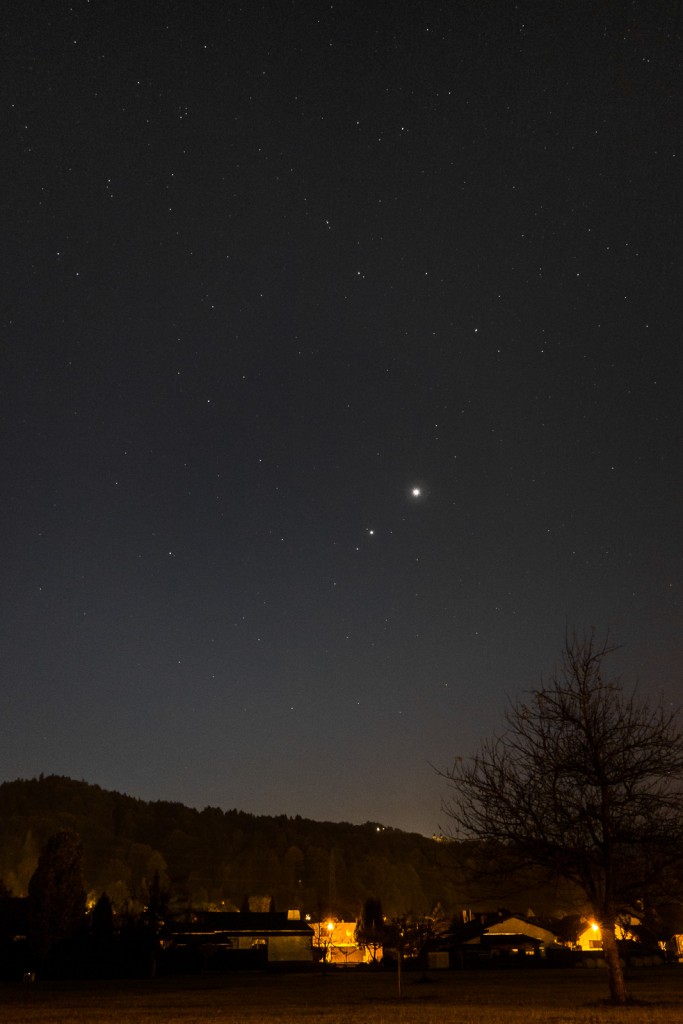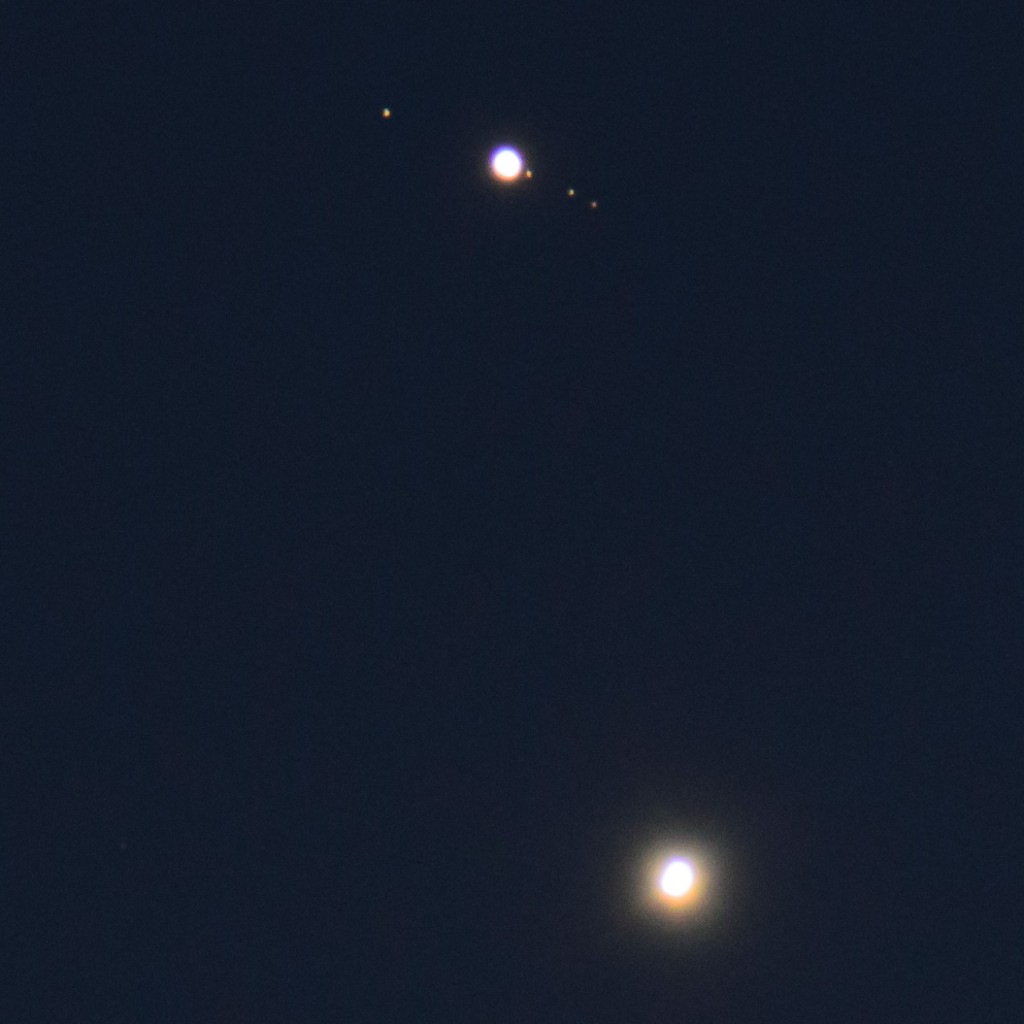Inspite of all the beautiful stars, I have a fascination for the dark stuff lurking between them Today I managed to get almost an hour of exposures of the Taurus molecular cloud,
Category Archives: widefield
Milky Way above light pollution
Backcountry skiing under the stars
On Easter monday a friend called and asked, if I wanted to join him for a backcountry ski outing to the Nob mountain. It was the last day of service in the Laterns ski resort, so the descent was tough as the slopes were not prepared any more and very icy. With the soft backcountry skis, it was quite rough, and surprisingly loud! But the ascent was very quiet as we walked through the serene dark forests. I took a few quick snaps of the brillant winter sky:
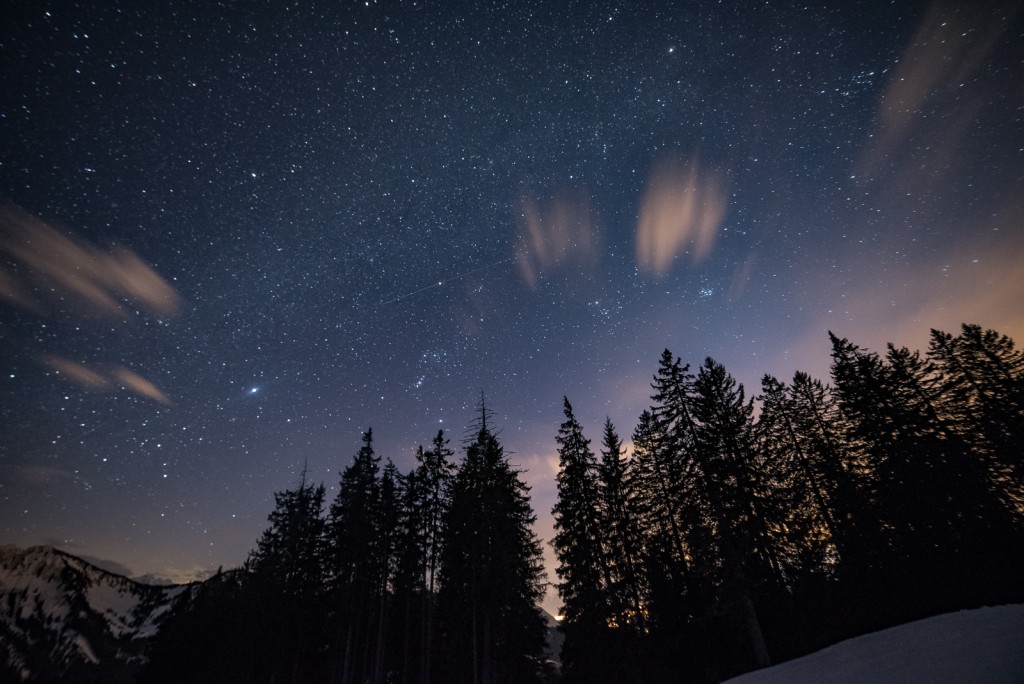
The winter milky way can be seen above Orion. the bright star to the left is Sirius. Nikon D750, ISO 3200, 25s, Samyang 14mm at f/3.5. The elongated haze around Sirius was probably caused by a smudge or fingerprint on the front element of the lens.
Subtropical winter sky
When trying to get some nightime skyscape images from a beach on Sanibel Island in Florida, I slowly became aware of a diffuse light brightening the sky behind the clouds. It took me a while to convince myself it was real, but when my eyes adjusted to the darkness I became more and more convinced that it was. At first I couldn’t make sense of it at all – for a moment I was just thinking, it surely isn’t an aurora as it was in the south-west sky.
Only when I reviewed the images on the camera display I realized that this is the zodiacal light. I found this quite amazing, as at the latitude where I live it is only visible in autumn and spring. In Florida which is much closer to the equator it is also visible in winter due to the high angle of the ecliptic with the horizon.
Two-Panel mosaic showing the Zodiacal light and Milky way over the Gulf of Mexico, Image taken on Sanibel Island, Florida, 30s, f/3.5, ISO 3200, Samyang 14mm, Nkon D750
2015-12-13 Comet Catalina and Geminids
Today I got up at 4:30 to drive up to the Bödele, a nearby mountain pass. Luckily the weather predictions was right and the sky turned out to be very clear.
Again I used the 70-200mm zoom lens at 200mm, the Vixen Polarie was used for tracking.
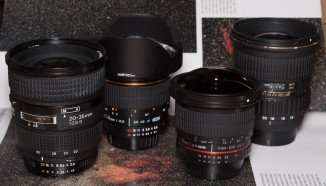
Lenses for Astrophotography
Astrophotography Lens Test
A test of wide-angle lenses for astrophotography on FX format. The shots were taken from suburban conditions, the camera was mounted on a static tripod without guiding. The left image is always the full frame, the middle one is the center, and the right one is the upper left corner of the image. Read More
Planetary Gathering 2015
In October 2015 four planets line up in the morning sky for a very beautiful display. Mercury is hidden below the horizon in this picture. Read More
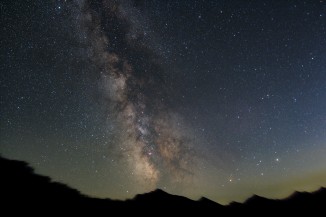
VAA Furka Star Party
After bad weather in August yesterday the sky was good enough for half a night of observing and photography Read More
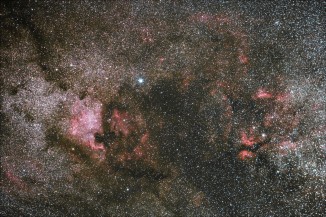
Backpacking Astrophotography
Yesterday afternoon I decided to do some simple astrophotography high up in the mountains. I chose the Cavalljoch as the view to the south is unobstructed. My backpack was way too heavy, but somehow I managed to trek from Schattenlagant to the Cavalljoch. The night was the darkest night I ever experienced. M13 was clearly visible with indirect vision with the unaided eye. Read More
Venus and Jupiter conjunction
Currently Venus and Jupiter are pairing up for a brilliant conjunction in the evening sky, here are some images:
